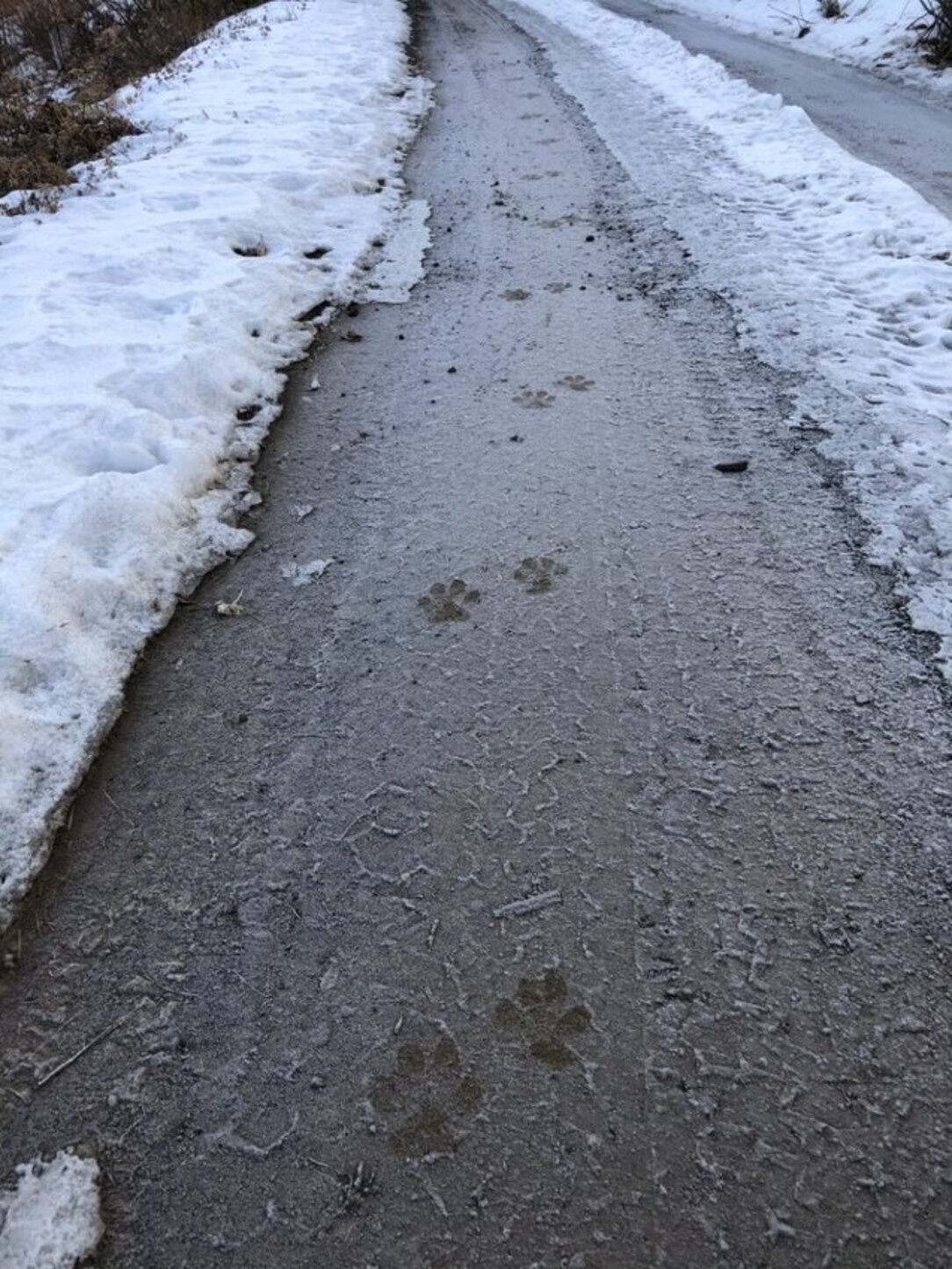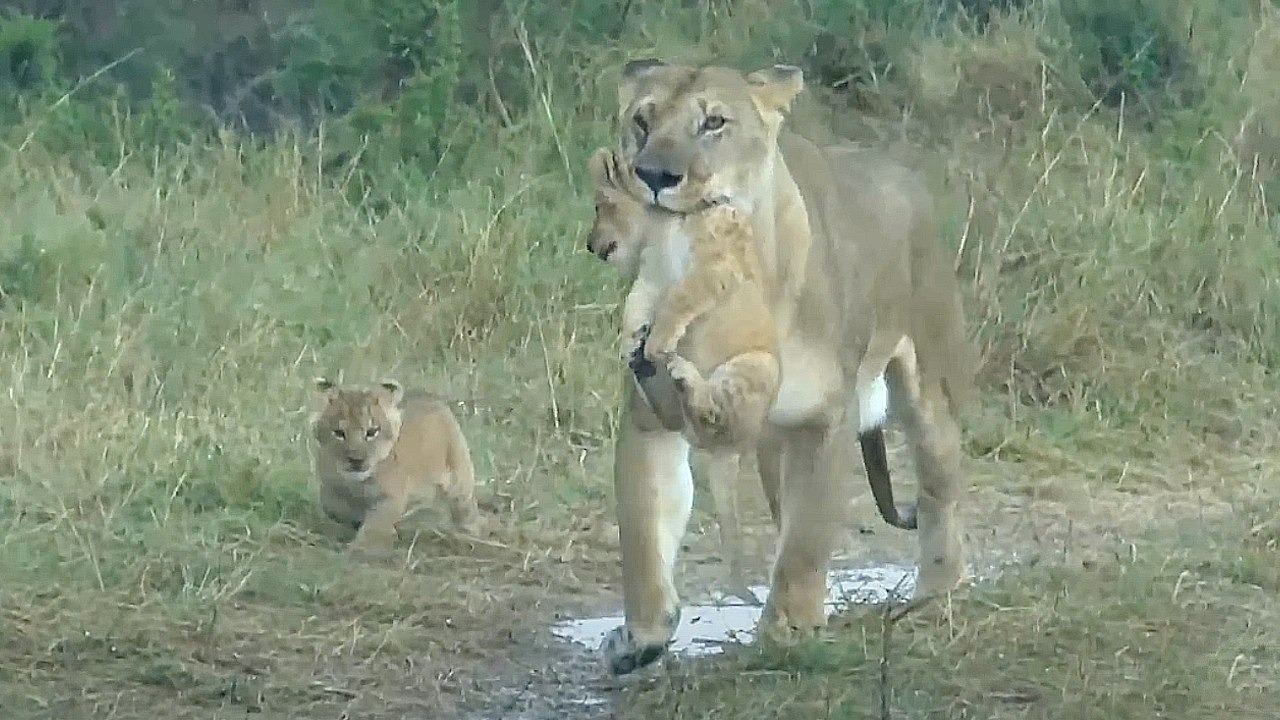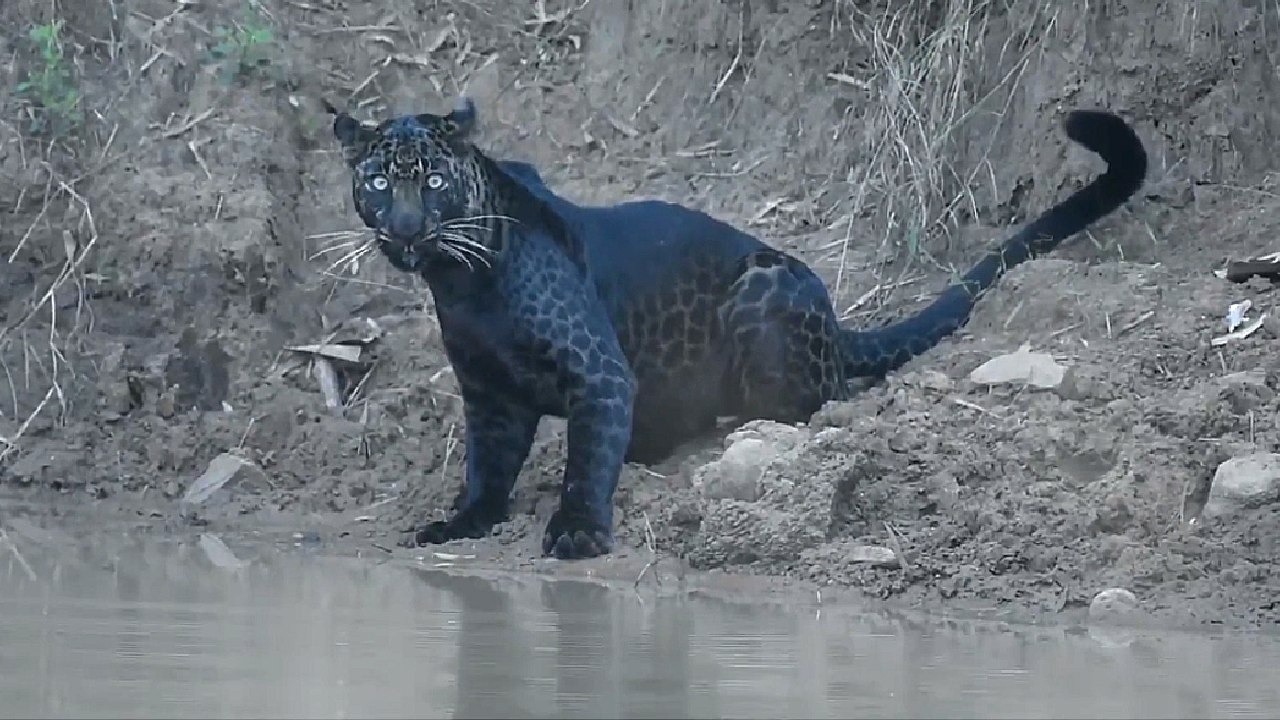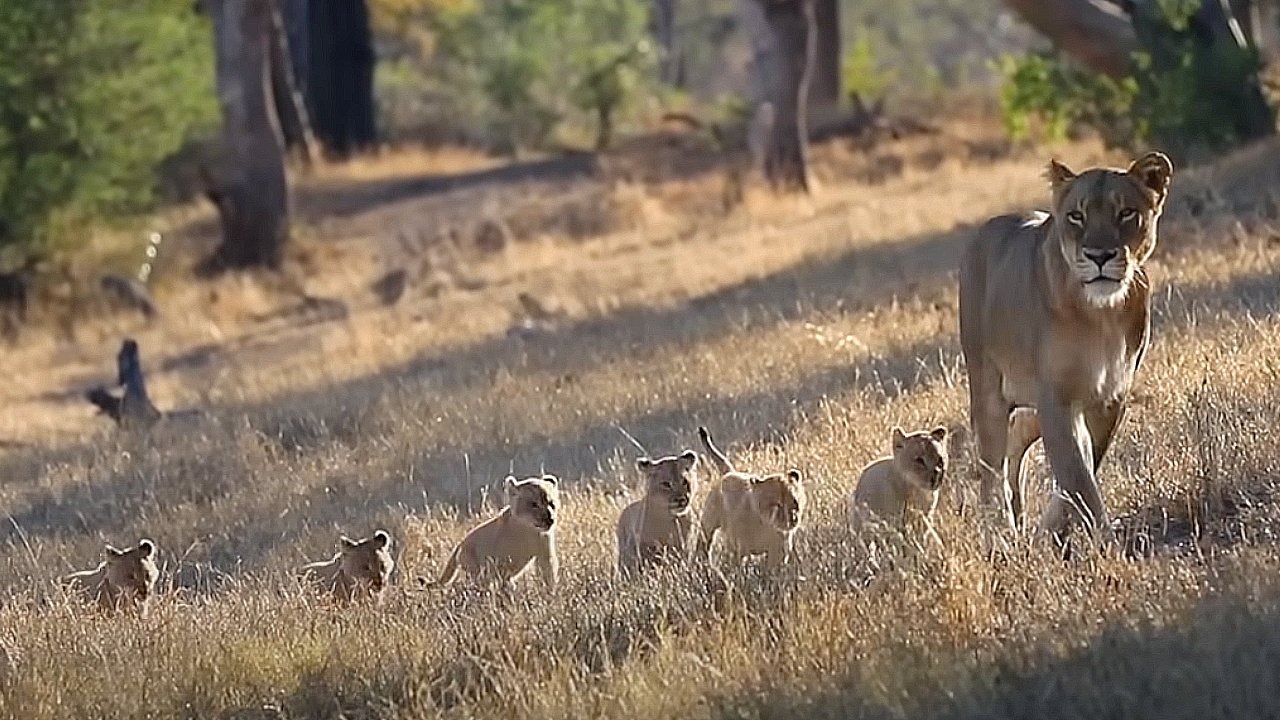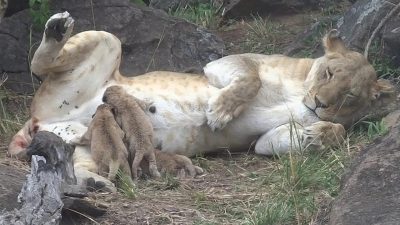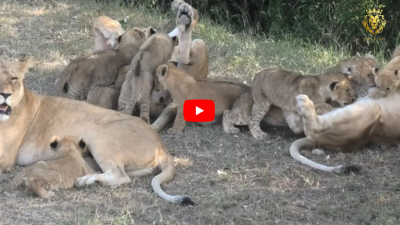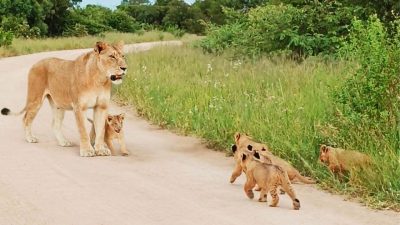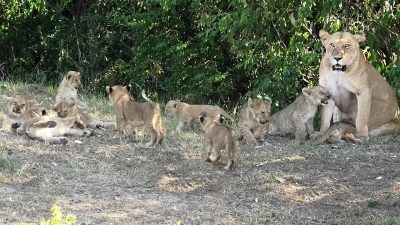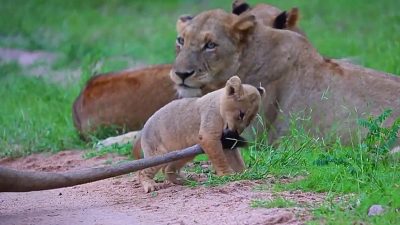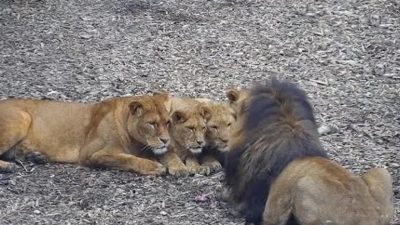These rare kills in Washington State have biologists searching for answers. “Everyone always assumes wolves have the upper hand,” says one scientist. “But that’s not always the case.”
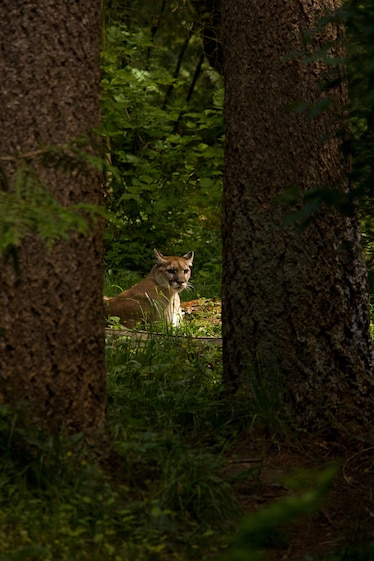
Fighting like cats and dogs? As Washington State cougars target wolves, scientists are grappling to understand this unusual behavior. Since their reintroduction to the American West in 1995, wolves have expanded their range. Though some neighboring states have f…
A female wolf padded down an old logging road in northeastern Washington last summer. The yearling would have barely made a sound as she trotted through brush and dry pine needles on an overgrown path that dropped into a steep canyon. Somewhere in the shadows—possibly tucked away in the bushes or hunkered down behind a boulder—she was watched by amber eyes. They belonged to a cougar, which pounced.
The two tangled in a blur of fur, claws, and teeth, with evidence showing the fight came to an abrupt end, about a hundred yards downhill, when the cougar’s sharp bite punctured the wolf’s skull. The feline nibbled on the wolf, then hid the carcass for a later meal before slinking off into the forest.
Washington Department of Fish and Wildlife (WDFW) staff have documented cougars killing six collared wolves since 2013—almost 30 percent of the 21 documented natural wolf mortalities in the state. “That’s huge if that trend holds and is representative of the entire population [in the state],” says Trent Roussin, a WDFW biologist. The kills involve multiple wolf packs in different areas of Washington.
Such kills are rare elsewhere in the U.S. West, where more wolves are on the landscape since their reintroduction to Yellowstone National Park, which is mostly in Wyoming, and central Idaho in 1995. Today Montana and Idaho have over five times more wolves than Washington.
Yellowstone biologists documented only two cases of cougars killing wolves in the past 28 years (the last in 2003). Idaho also recorded only two kills (the last in 2012).
In Montana, five wolf deaths due to cougars were documented between 2009 and 2012. “We have not seen anything like that since that time to my knowledge,” said Brian Wakeling, game management bureau chief, by email.
“It just goes to show how rare it is in those states,” says Roussin. “We have a much smaller population, but we’ve documented it far more frequently.” Wolves had naturally dispersed into Washington by the summer of 2008; recent counts found 216 wolves in 37 packs, mostly in the Cascade Range and the state’s wooded northeastern corner.
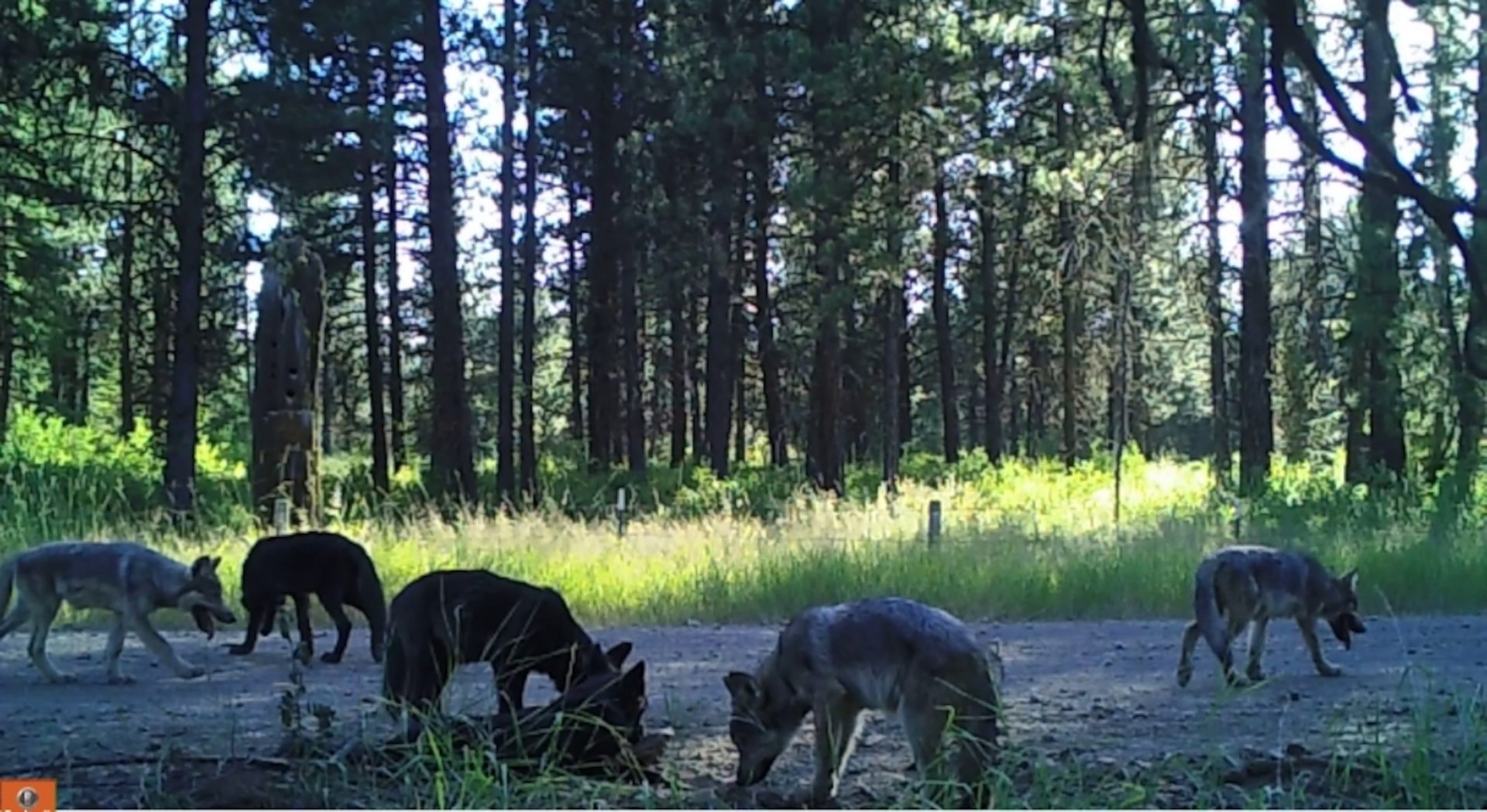
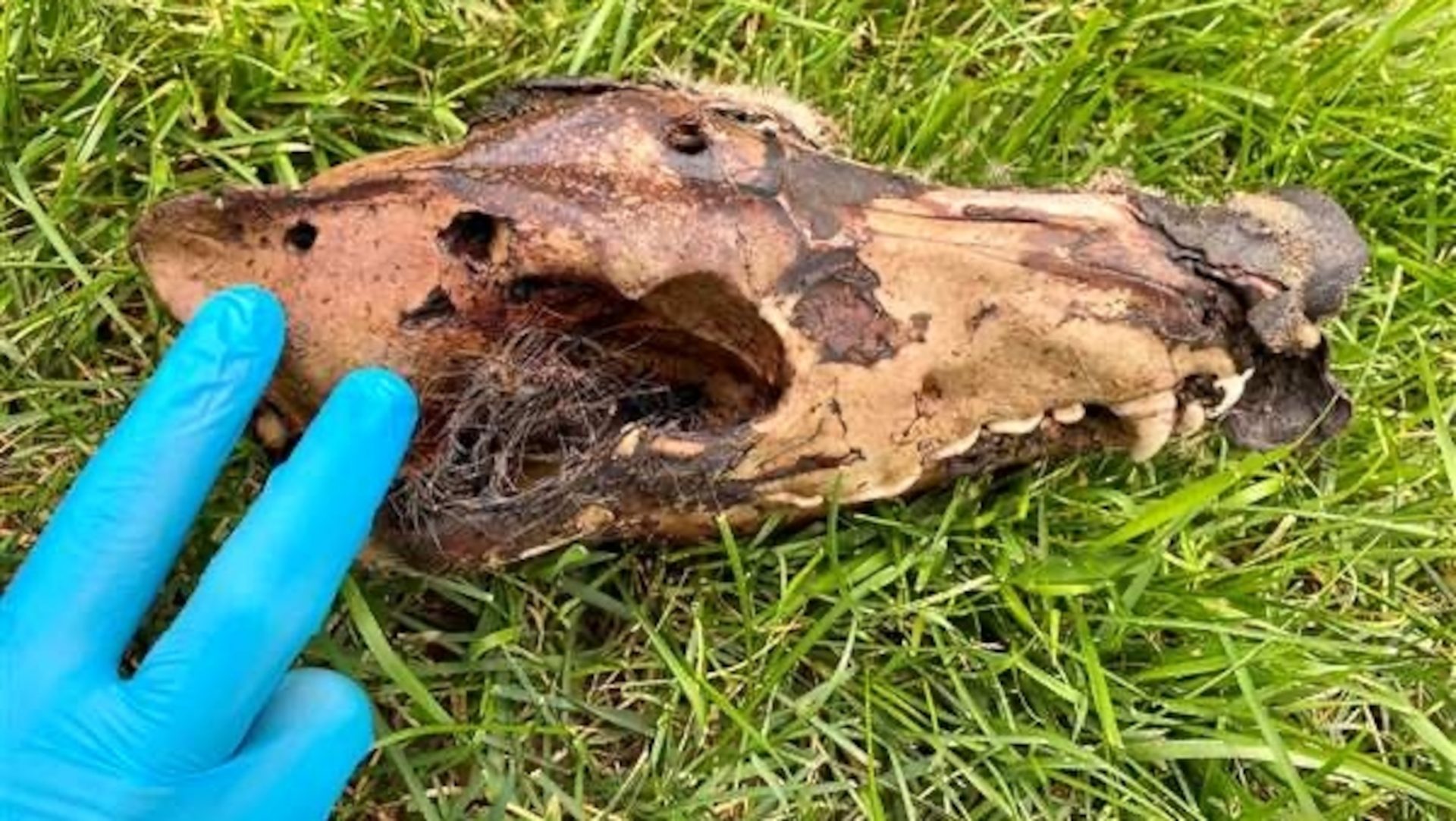
The lone wolf factor
While a wolf pack tends to have an advantage over a single cougar—sometimes running it up into a tree or kicking it off a carcass to scavenge for themselves—a cougar excels in a one-on-one ambush. All but one of Washington’s wolf kills involved lone wolves.
“Everyone always assumes wolves have the upper hand,” says ecologist Mark Elbroch, the leader of Panthera’s Puma Program. “But that’s not always the case.” (Cougars are interchangeably referred to as pumas and mountain lions.)
Washington’s first known wolf death by cougars, in 2013, was an underweight yearling female traveling on a ridgeline in the Cascade Mountains. A cougar killed another wolf in the same Teanaway pack, a two-year-old male, in March 2014, near a creek. It happened again, a month later: a six-year-old breeding male of the Smackout pack, within sight of the den. Researchers also documented more recent cougar kills: a seven-year-old female wolf in 2019, the yearling female in early September of last year, and then a wolf pup later that month.
A clue from tracking tools
Radio collars tipped off biologists to this trend. “The use of collars certainly brings some of these stories to light,” says Dan Stahler, a biologist who leads wolf and cougar research in Yellowstone National Park. When an animal doesn’t move for eight hours, its collar sends a signal. Scientists hustle to retrieve the collar and piece together what happened.
(Read about the impact of wolves in Yellowstone.)
Investigators first look for signs of poaching by humans, a common cause of death. They also examine the scene for animal tracks, scat, and the wolf’s body positioning. A neatly hidden carcass suggests a cougar, while a mess of scattered limbs could be another wolf. Biologists then take the wolf carcass, or sometimes just its head, back to the lab for more tests. Necropsies reveal the distinct cougar signature: two punctures in the skull.
When the two species interact, it tends to be over prey, but only one of Washington’s documented wolf mortalities by a cougar involved a moose carcass—a messy situation where researchers believe a cougar killed a wolf pup while its pack was feeding on a moose.
Could terrain be key?
Interactions between wolves and cougars appear to vary by habitat. Researchers found wolves killing numerous cougar kittens in the Teton Range, and a 2020 study there found wolves affected cougar populations more than recreational hunting or prey availability. Cougars fatally attacking wolves, lead author Elbroch says, is “the rarer of the two potential outcomes.”
But biologists haven’t documented wolf kills of cougars or their kittens in Washington. And while wolves have killed a few cougars and kittens in neighboring Yellowstone National Park, researchers found wolves didn’t have a major effect on cougar populations there. In fact, cougars continued to increase in number following wolf reintroduction.
Data collected in Yellowstone before, during, and after wolf reintroduction provides a window into how the species have found a way to warily coexist by partitioning the landscape. Cougars shrunk their home ranges as wolves expanded in the park, selecting areas that were craggier, steeper, and more densely forested.
“This is what allows them to be more sneaky, to work their way through and still survive in this landscape that’s dominated by wolves and bears,” says Toni Ruth, a biologist who studied cougars there from 1998 to 2006 for the Hornocker Wildlife Institute. Wolves hunting in packs prefer open country where they can outrun, tire, and surround their prey.
Without a large enough sample size to draw more definitive conclusions, Roussin suggests habitat differences could help explain Washington’s higher wolf mortality from cougars. The state has steep mountains, tight ravines, and fewer open rolling meadows—which might give cougars an upper hand. Experts say other factors could be at play too, like cougar density, wolf pack size, or even wolves’ relative newness to an area. Roussin plans a formal analysis if more incidents occur.
Meanwhile wolves and cougars will continue overlapping, as they have for thousands of years. “These two species coexisted a heck of a long time before we began interfering with things,” Elbroch says.
As wolves newly repopulate in areas such as Oregon and California, a better understanding of how they interact with other species, including us, is key. “We’re in an era of carnivore restoration in the western U.S. that’s unprecedented,” Stahler says. “The big question that’s unanswered is how do we as humans fit into that story.”
